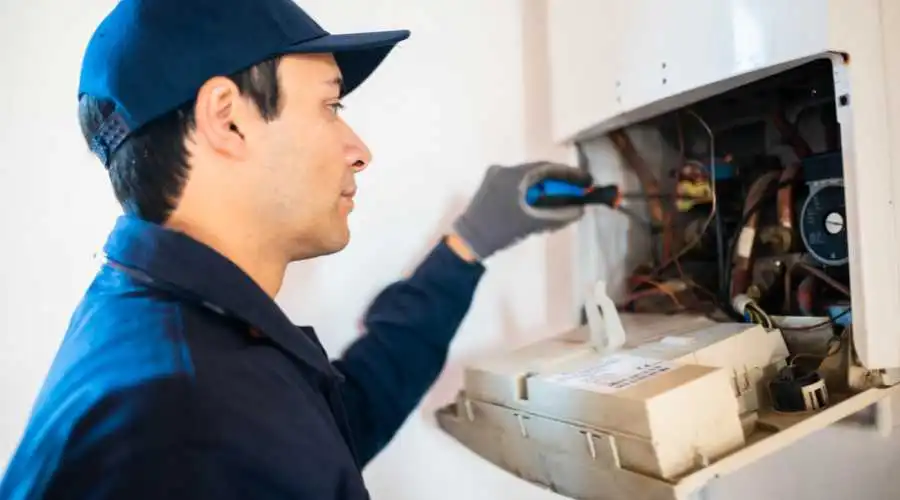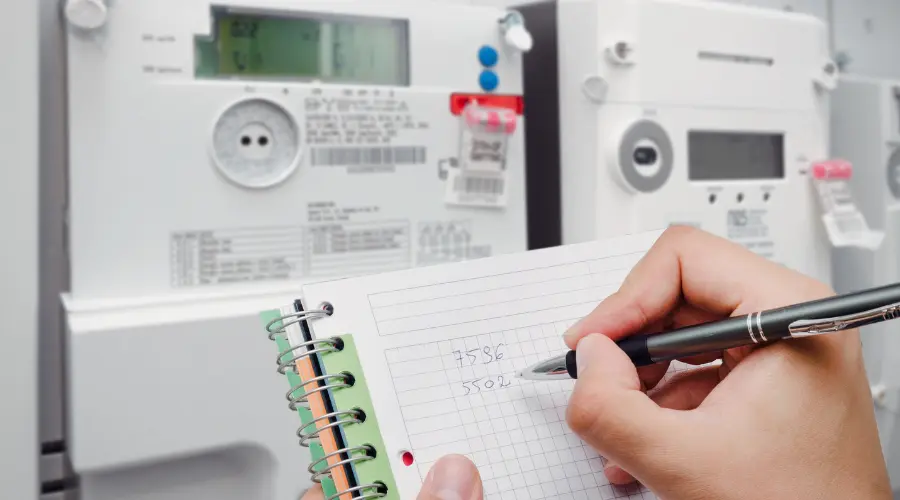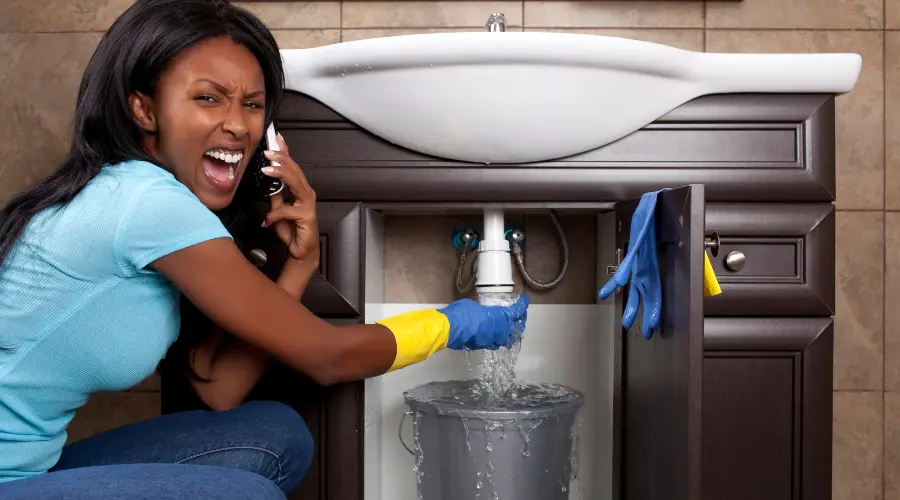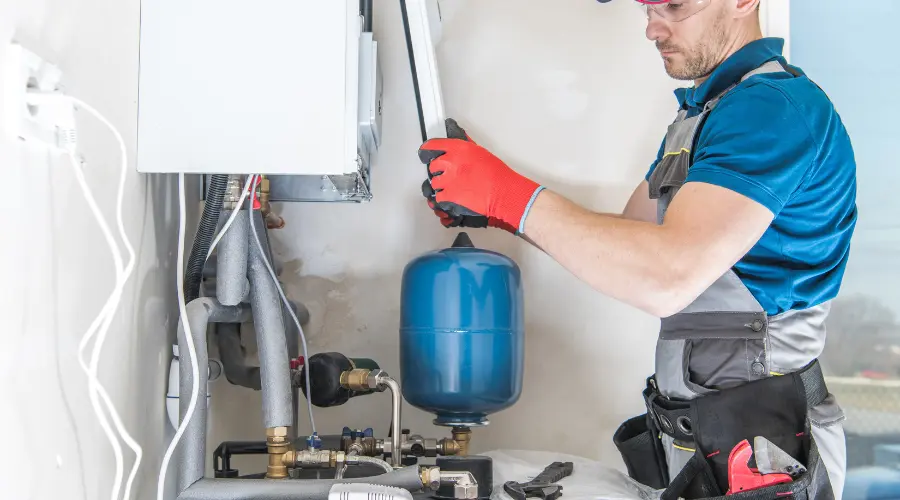When the days become shorter and the leaves start to change, it’s a good time to give your plumbing system a once over. Fall’s cold and dampness reduce the efficiency of plumbing and water systems and can even cause drains to become clogged. Preparing your plumbing for the hazards and changes of autumn is essential.
Some typical plumbing issues are described here.
Pipes Bursting
The Canadian climate is notoriously severe. Over the course of this winter, over 200 people in Toronto reported to police that they had no running water due to frozen pipes. Temperatures have plummeted to -3 degrees Celsius this autumn. In exceptionally cold weather, plumbing systems may suffer issues due to the possibility of pipe freezing.
Faulty Heaters
As a result of the cool autumn air, the ground and subsurface pipes cool down. A building’s heating system has to work harder to bring the temperature up when it is supplied with cold water. Water heater failure due to overuse is possible if this issue is not resolved.
Finding out your water heater is broken in the fall is a bad idea. Repairs to restore your water supply may take longer than expected because plumbers are already swamped with other service calls.
Drain Blockage
The fall foliage is a beautiful sight. More homes report drain clogs in the fall due to leaves, but few are aware of how this impacts their plumbing. Fallen leaves can accumulate in drains and cause clogs.
Fall Plumbing Preparation
Here are some essential things you can do this season to preserve the effectiveness of your plumbing:
Purge the Drains and Clean the Gutters
Over the past decade, water damage has risen due to aging infrastructure and carelessness. Half of all claim expenses in Quebec can be traced back to this single factor. An increase is also predicted for the following years. All over Canada, similar patterns emerge.
If leaves are blocking your gutters and downspouts, it could lead to drainage problems. Leaks in the walls or roof that compromise their stability must be addressed immediately. If you keep up with routine maintenance, you won’t have to worry about roadblocks or structural damage.
Regular Upkeep of Water Heater
Inspect your water heater for leaks. Since water heaters are used more frequently in the fall, it is preferable to have a plumber inspect it before the weather turns chilly. It could save you both time and money if you had your water heater serviced before it became cold.
The following steps are necessary for a thorough water heater inspection:
- Making sure the water heater’s gas hookup is secure
- A comprehensive gas inspection includes many steps, such as reading labels and categorizing fuel types, checking the integrity of the pipeline, and more.
- Make sure nothing is dripping into the burner by checking the drip legs or sediment traps.
- Estimating how much more water will be available.
Disconnect All Outdoor Hoses
You shouldn’t leave a hose outside in the cold. Both the container and the water expand as the temperature drops. Due to their flexible construction, most hoses rarely burst when being used. Since ice melts slowly, the pipe will be compromised long before the danger is passed.
The hose’s growth will also freeze and ruin any faucets to which it is attached. Take the hoses inside, drain any remaining water, and disconnect them until the weather warms up again.
Turn Off the Water Mains Outside
Your home needs a valve that can be closed from the inside that leads to the outside plumbing system. It makes sense to turn off the interior valve and open the exterior faucet in order to drain the water. Having no water in your pipes reduces the risk of pipe breaks due to freezing temperatures.
Close All Vents And Gaps In Pipes
If you have your local plumber check things out on a regular basis, he or she may be able to spot problems before they become disastrous. These experts can spot potential trouble spots before they balloon into major issues. Walls and pipes will inevitably develop cracks over time. In the fall and winter, the aperture might let in cold air, resulting in frozen pipes.
During the warmer spring and summer months, you may notice a significant increase in the cost of your utility bills. The pipes can be sealed with the help of insulation, weather stripping, and caulking.
Insulation of Pipes
If you live in a part of Canada where autumns can get very cold, you might want to update your plumbing before it gets chilly. Searching for “plumbers near me” on a snowy day is probably not the best idea.
As part of your yearly plumbing system maintenance, you should insulate your pipes with rubber so that only hot water runs, no matter the temperature outside. When the snow melts and the ground thaws, you can save a lot of money by taking precautions to prevent the freezing of your exterior pipes over the following winter.
Recognize the shifts in weather and adapt accordingly. Quick action can save you money by preventing damage to your pipes, discomfort, and the need for repairs or replacements. If you give your plumbing system some TLC in the fall, you can head off a lot of potential problems.
The secret to unwinding is getting in touch with professionals who can help you winterize your plumbing system. In addition to routine plumbing inspections and maintenance, West New York Plumbers is ready around-the-clock for any plumbing emergencies that may arise. If you require expert support, please don’t hesitate to get in touch with us.





